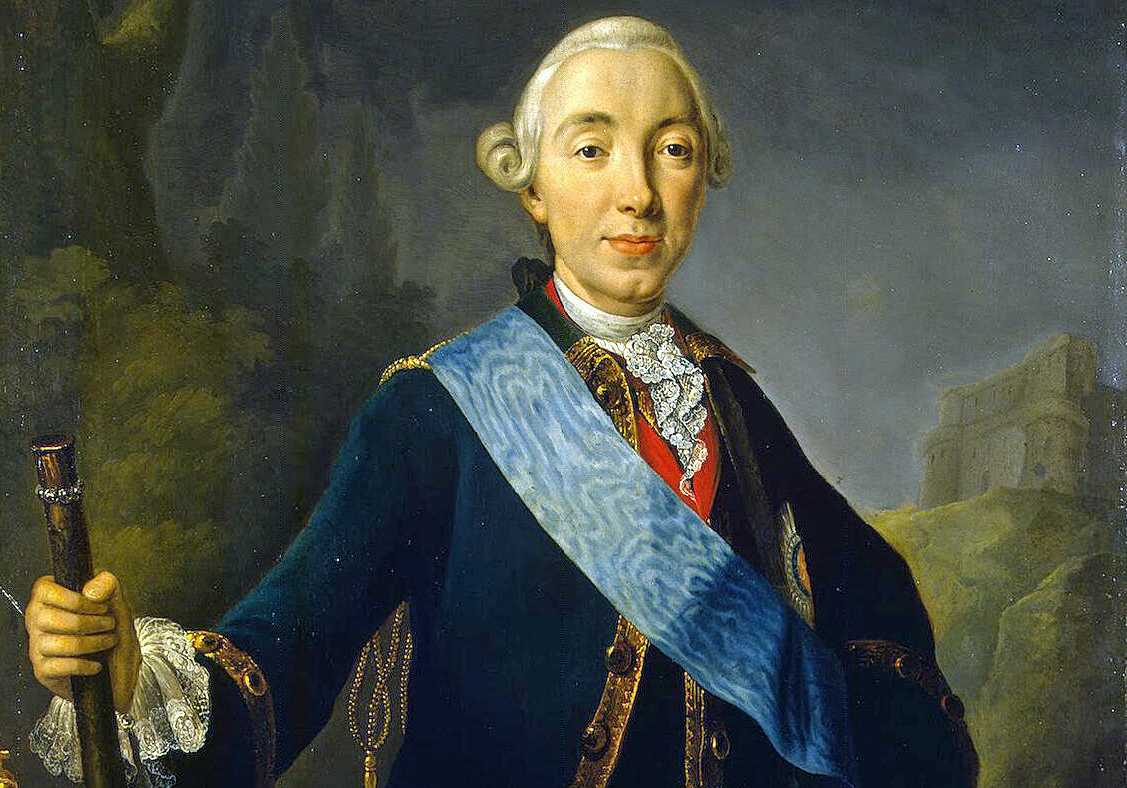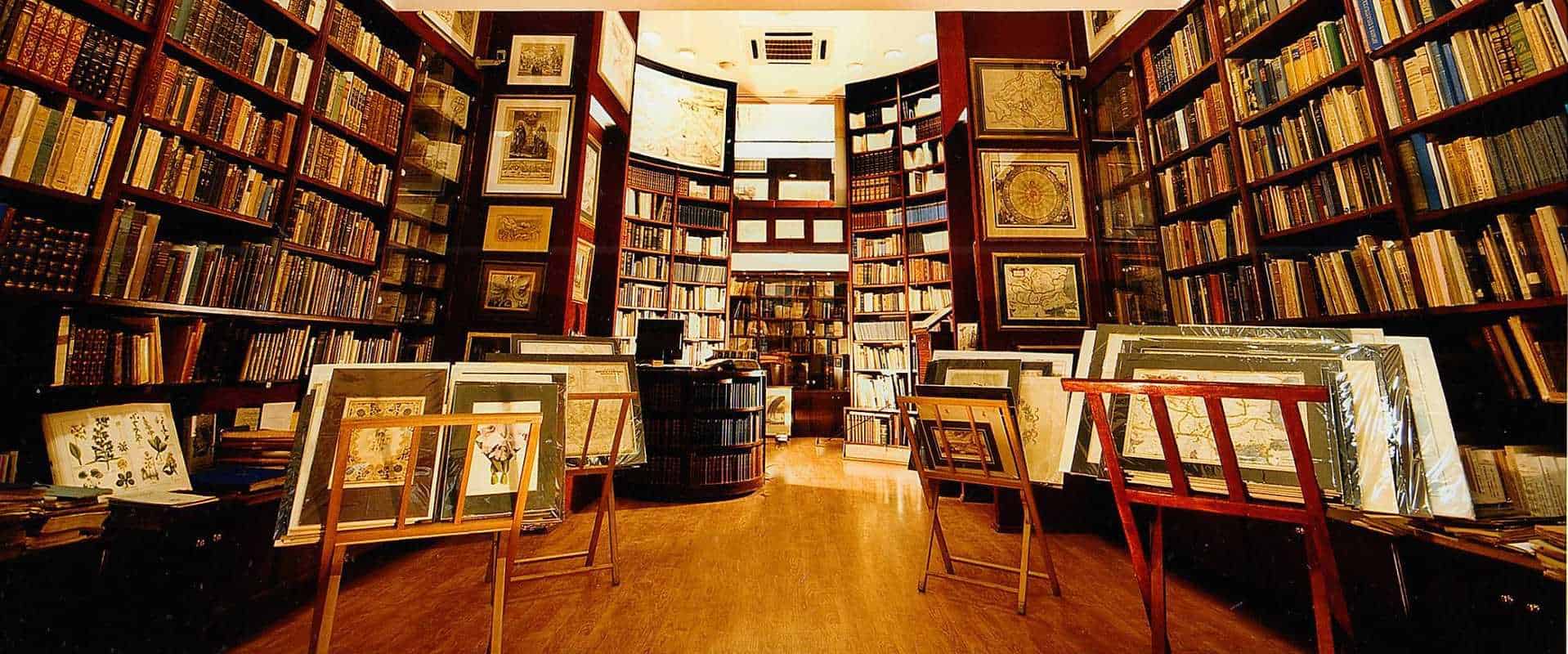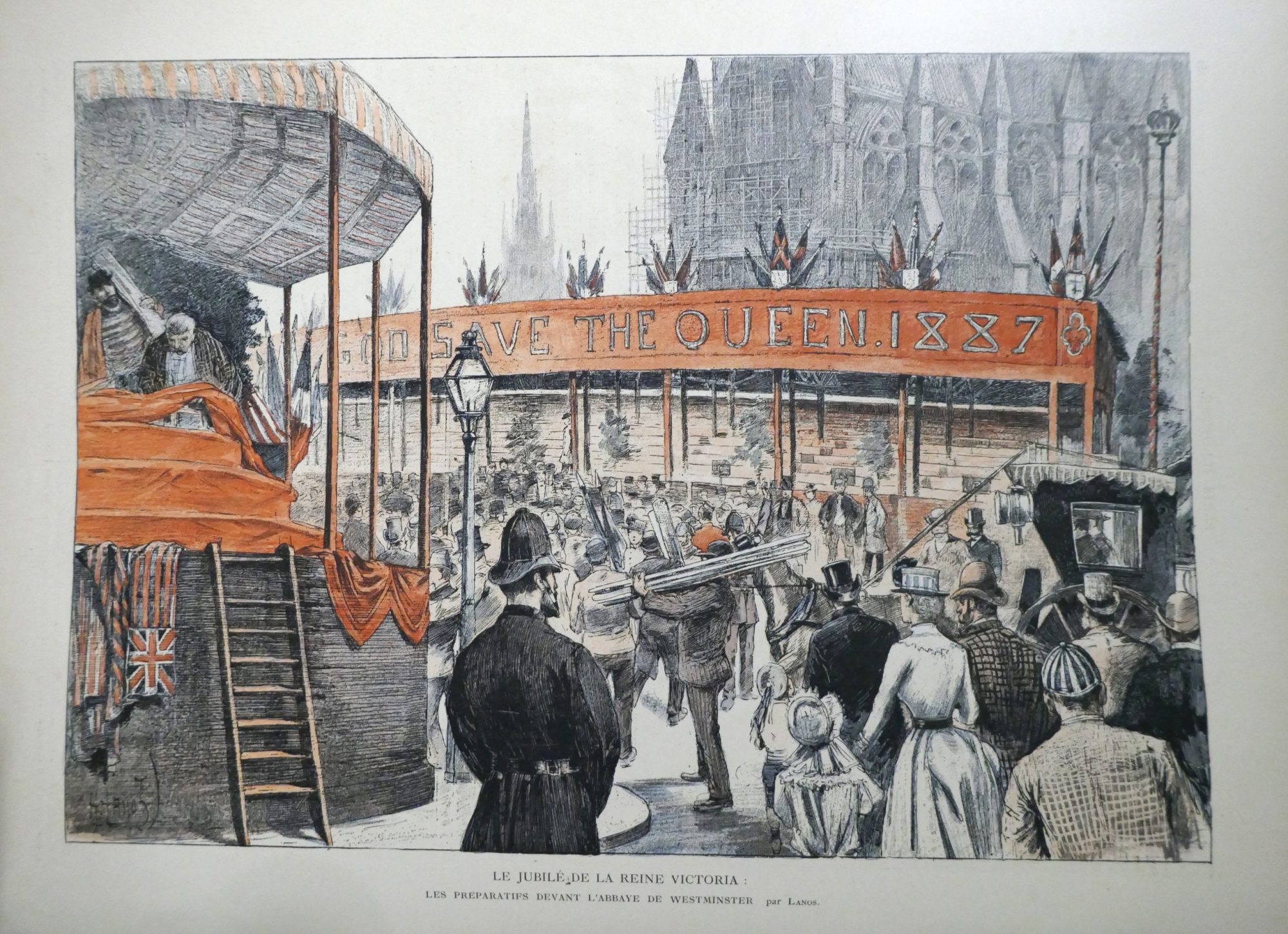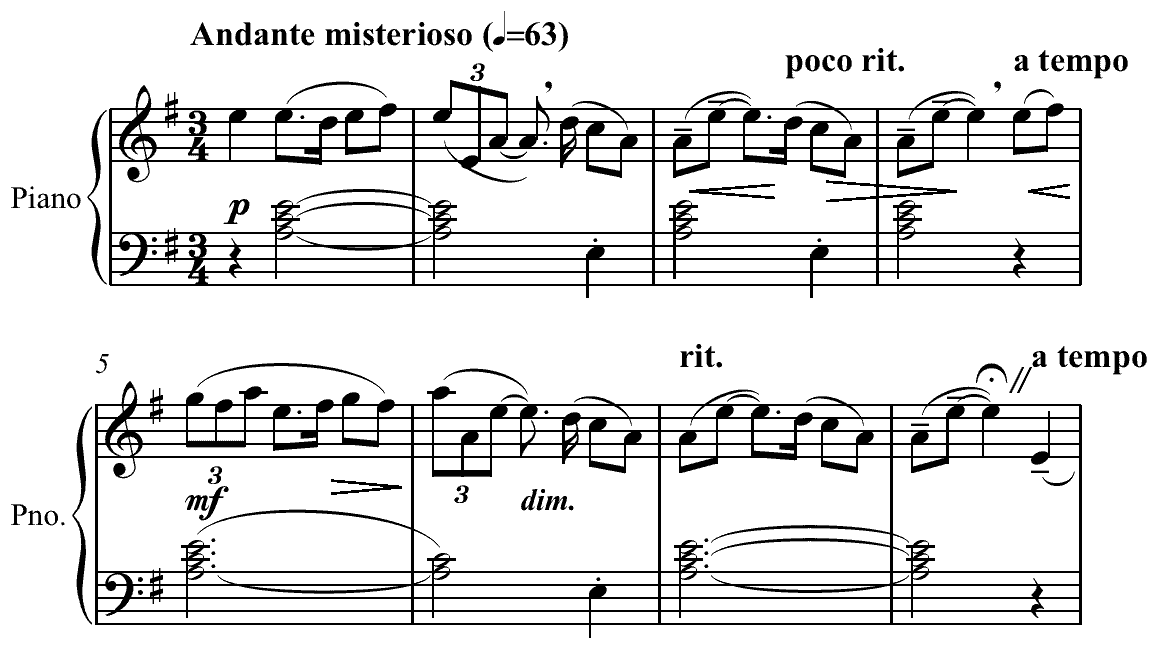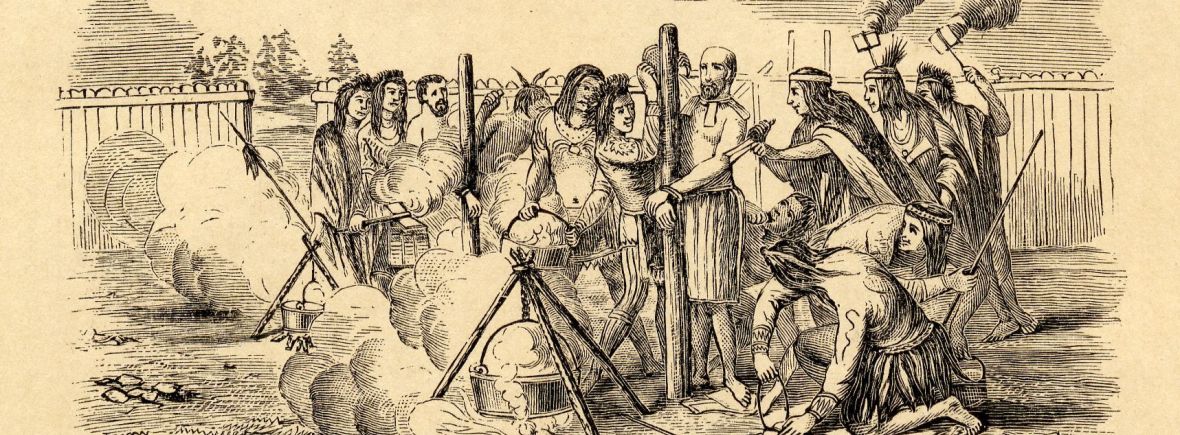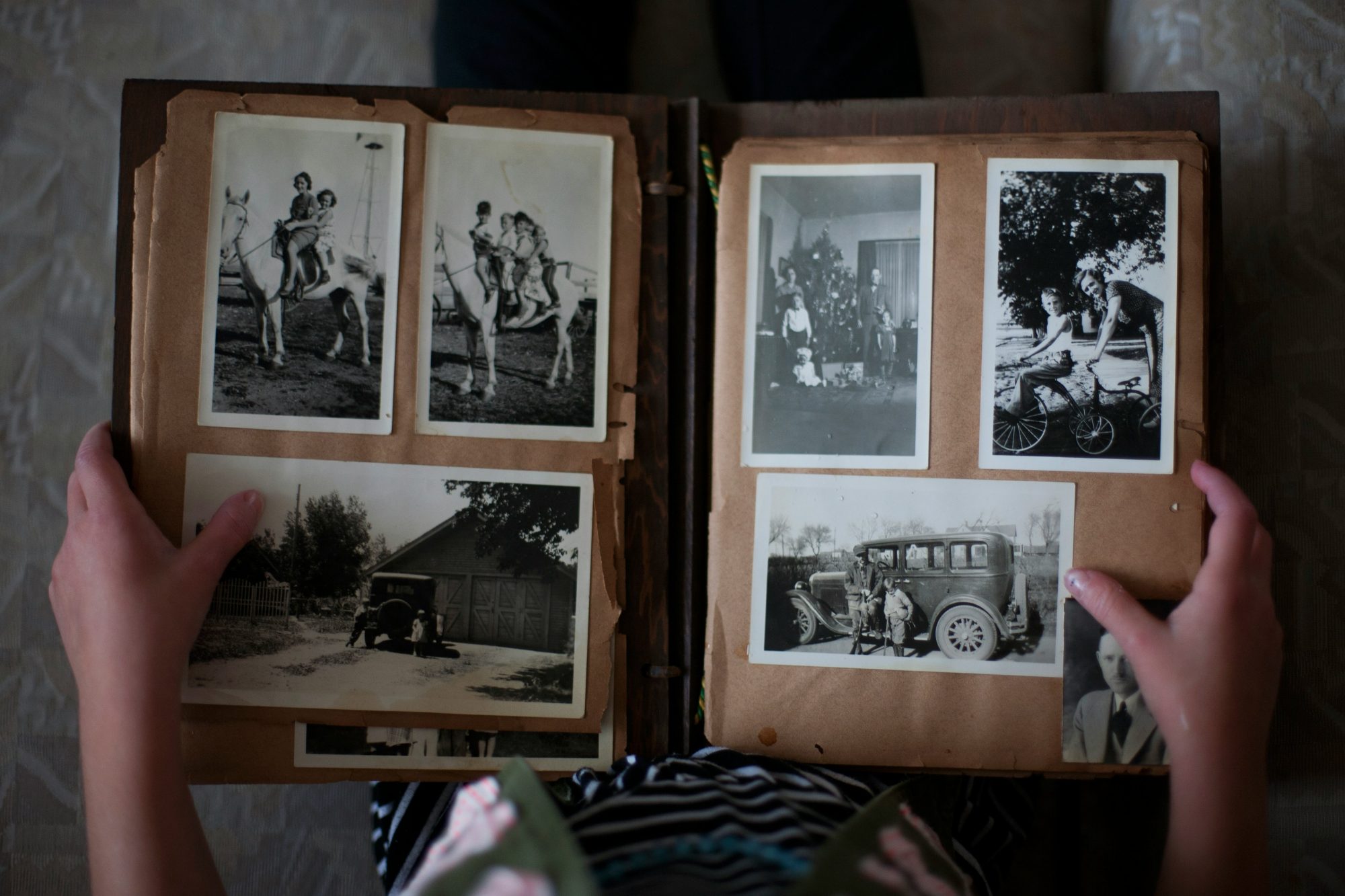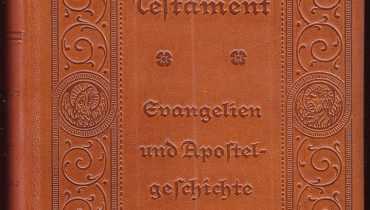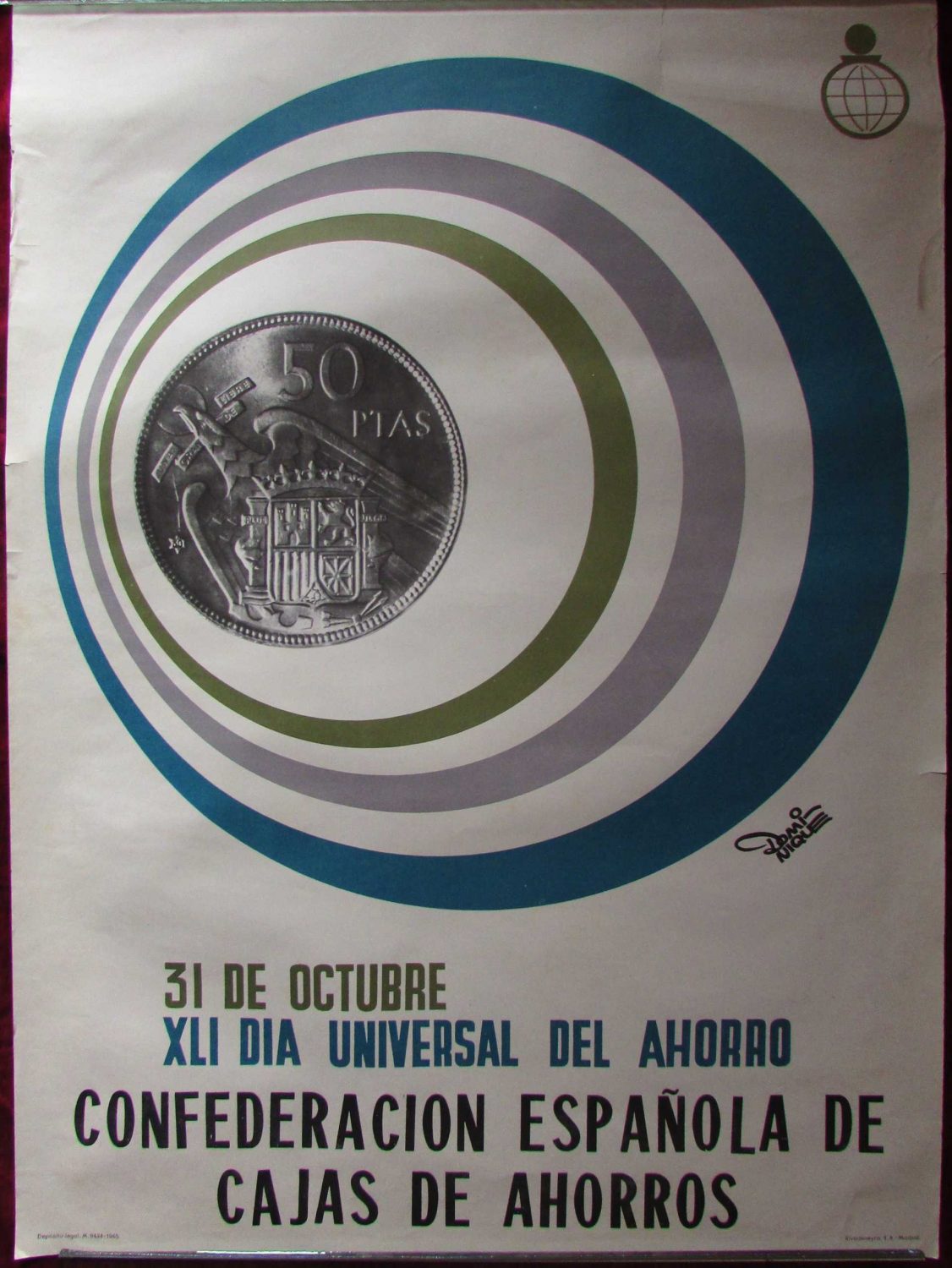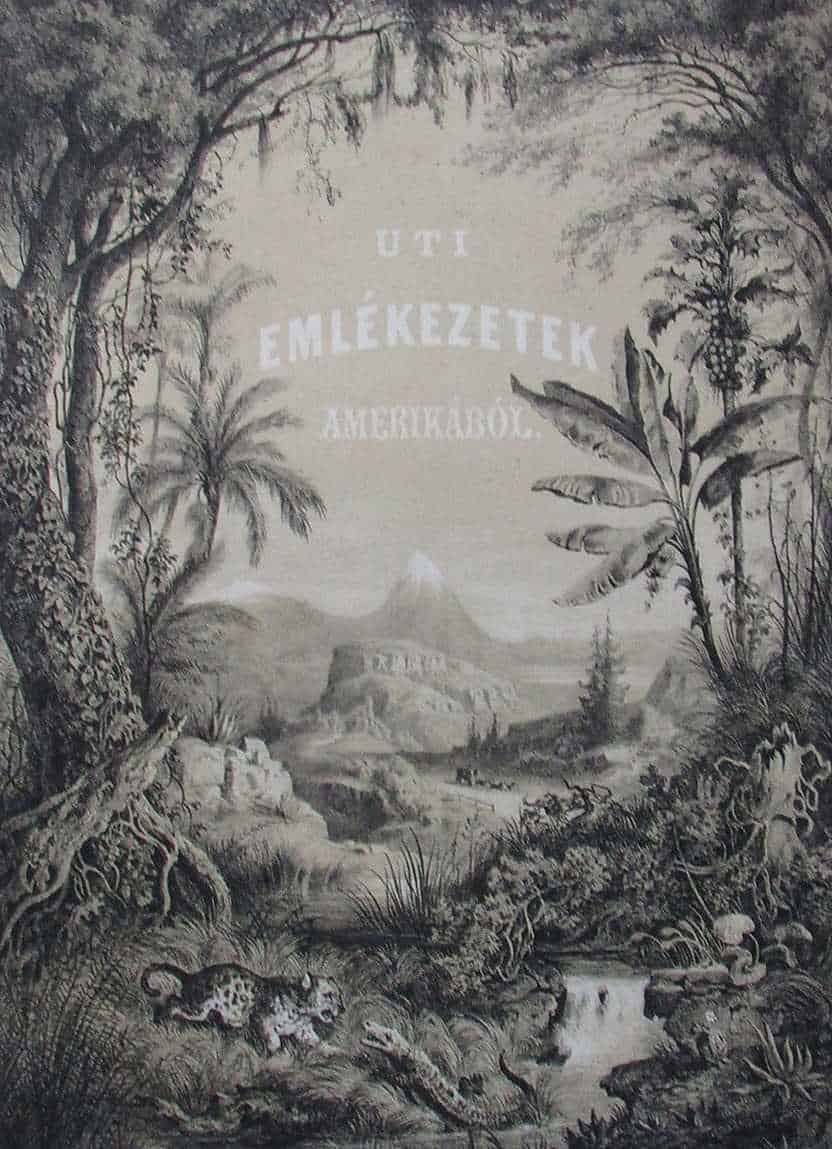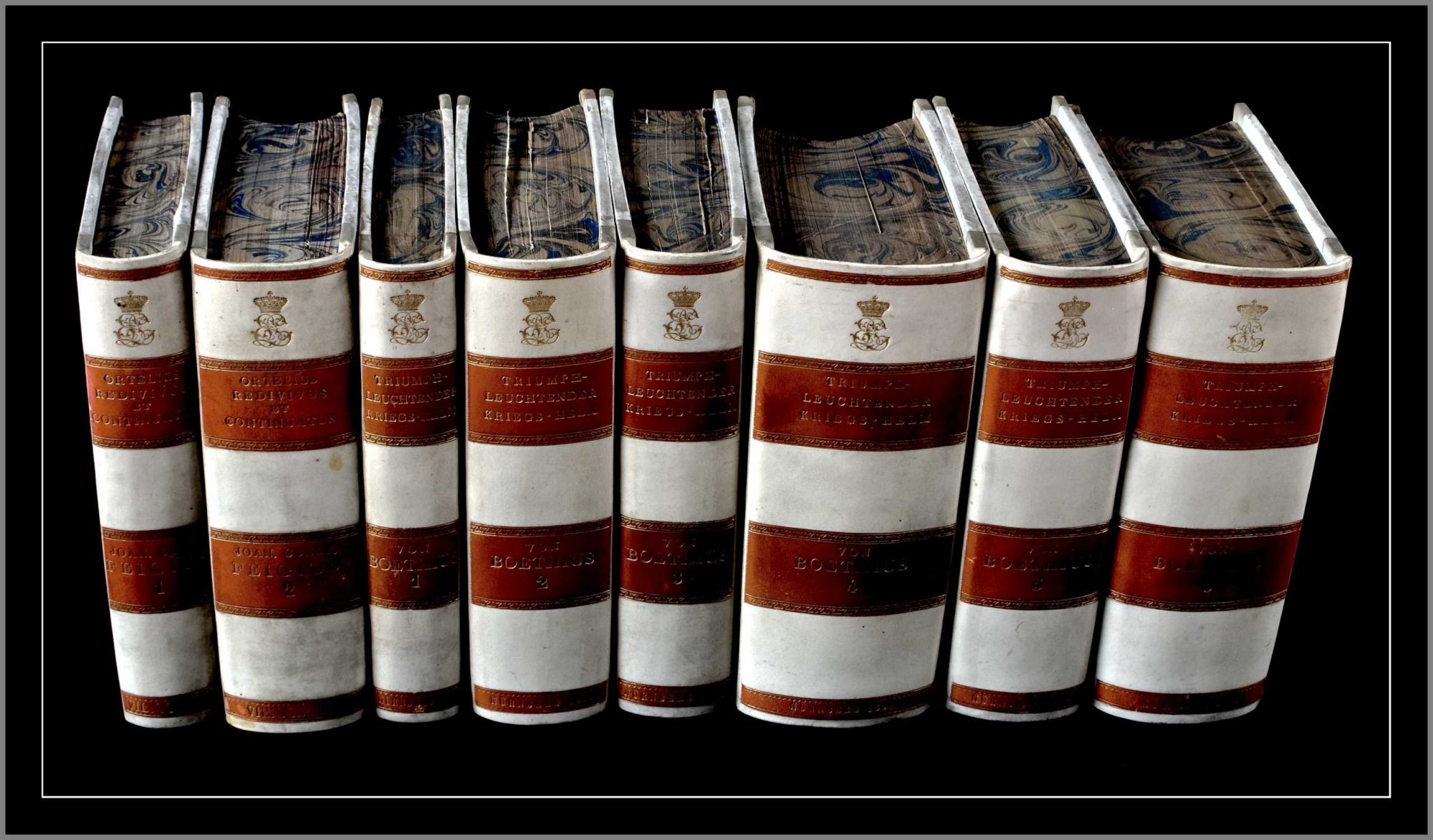Orthodox Books I
Orthodox Books I
In honor of the Orthodox Easter that’s in a week’s time from now, we’d like to discuss old Orthodox Church books.
Orthodox Books Throughout Eastern Europe
Printed in the late 15th century, they were of immeasurable importance in the spiritual life of Orthodox Christians. This went along with the early printing and publishing history of Eastern Europe which was predominantly Orthodox. In addition, these books were also most commonly printed in Eastern Europe throughout the 16th and 17th centuries. They were printed in various redactions of Church-Slavonic language as well. These served as a foundation for today’s modern Slavic languages, such as Serbian, Russian, and Ukrainian.
The Cetinje Octoechos (Serbian: Цетињски октоих or Cetinjski oktoih) was printed in 1494 in Cetinje, the capital of the Principality of Zeta (present-day Montenegro). It is the first incunabulum written in the Serbian redaction of Church Slavonic, as well as the first book printed in Cyrillic in Southeast Europe. It was printed in two installments, its first volume contains the hymns to be sung to the first four tones of the Octoechos system of musical modes, and the hymns for the remaining four tones are included in the second volume. Some of the other big Orthodox printing houses that printed in Church-Slavonic are Kiev Pechersk Lavra in and Synodal Printing House in Moscow. Some of the early Cyrillic books were printed in the West, such as in the Vukovic printing house in Venice.
Types of Orthodox Church Books
Following are the names of some of the most common types of Orthodox Church books.
Anthologion (Sbornik)
The Anthologion (άνθολόγιον, plural anthologia) is a liturgical text that tries to encompass as much of the basic liturgical material as possible. An example of this text in Greek is the Synekdemos. A Slavonic example is the Velikij Sbornik.
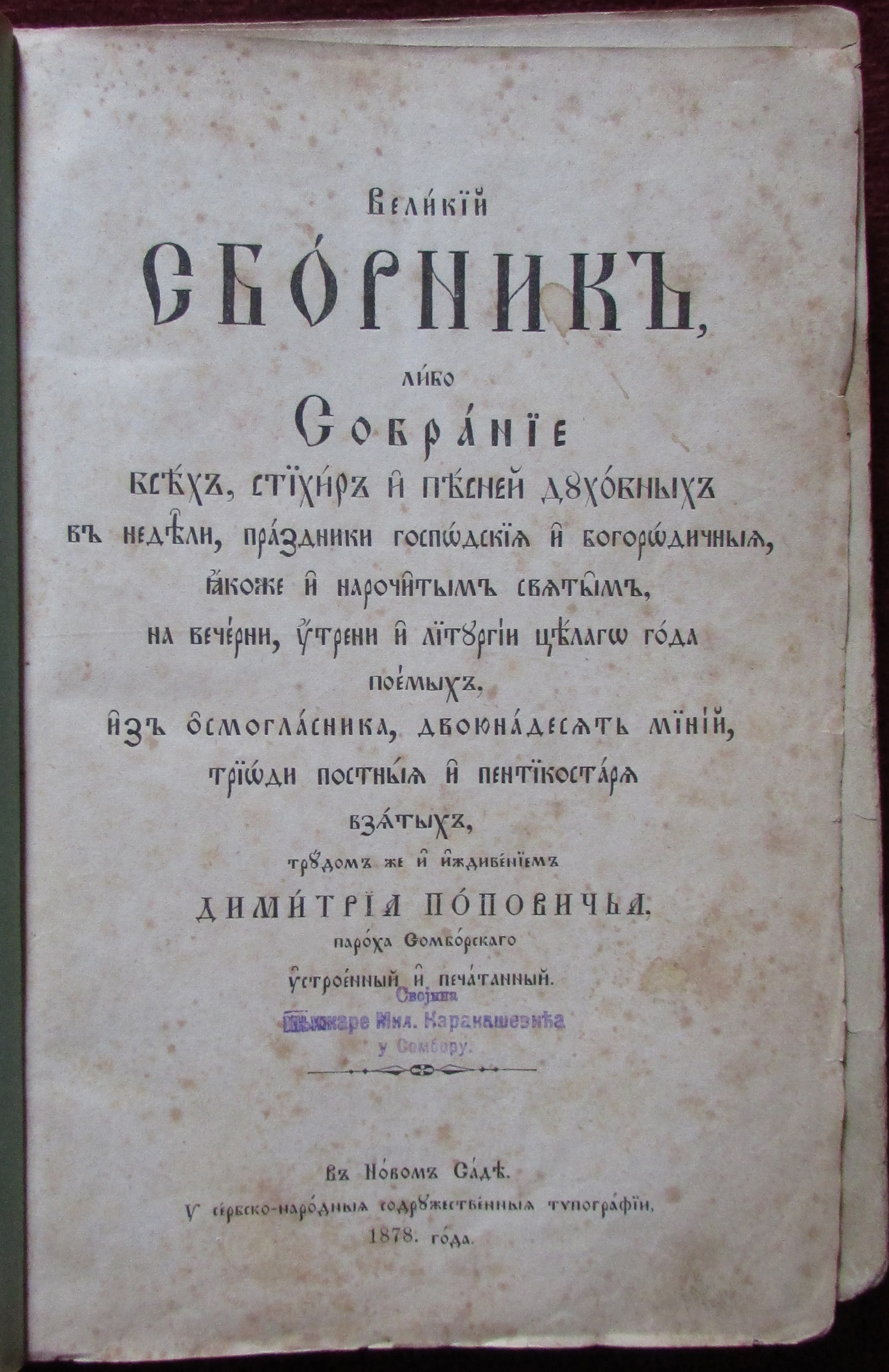
Велики Зборник (Veliki Zbornik) printed in Novi Sad (Serbia) 1878.
Archieratikon (Chinovnik)
The Archieratikon (Greek: Ἀρχιερατικόν, Slavonic: Chinovnik) is the Book of Rites for hierarchical services of the Orthodox Church that has the same function as the Hieratikon, but is intended for use by bishops performing the services and contains directions for all the peculiarities of hierarchical services. Besides the order of the Vigil and the three liturgies, it contains the orders for the ordination or tonsuring to various ecclesiastical ranks and the order of the consecration of the antimins.
Typikon (Ustav)
The Typikon (Greek: τυπικόν/typikon, pl. τυπικά/typika, lit. “following the order”; Slavonic: ѹставъ/ustav) is a book of directives and rubrics that establish the order of divine services for each day of the year in the Orthodox Christian Church. It assumes the existence of liturgical books that contain the fixed and variable parts of these services. In monastic usage, a monastery typikon monastery includes both the community rules and the rule of prayer. There are a number of major typikon traditions, but there are also many local variations, often codified into an official typikon.
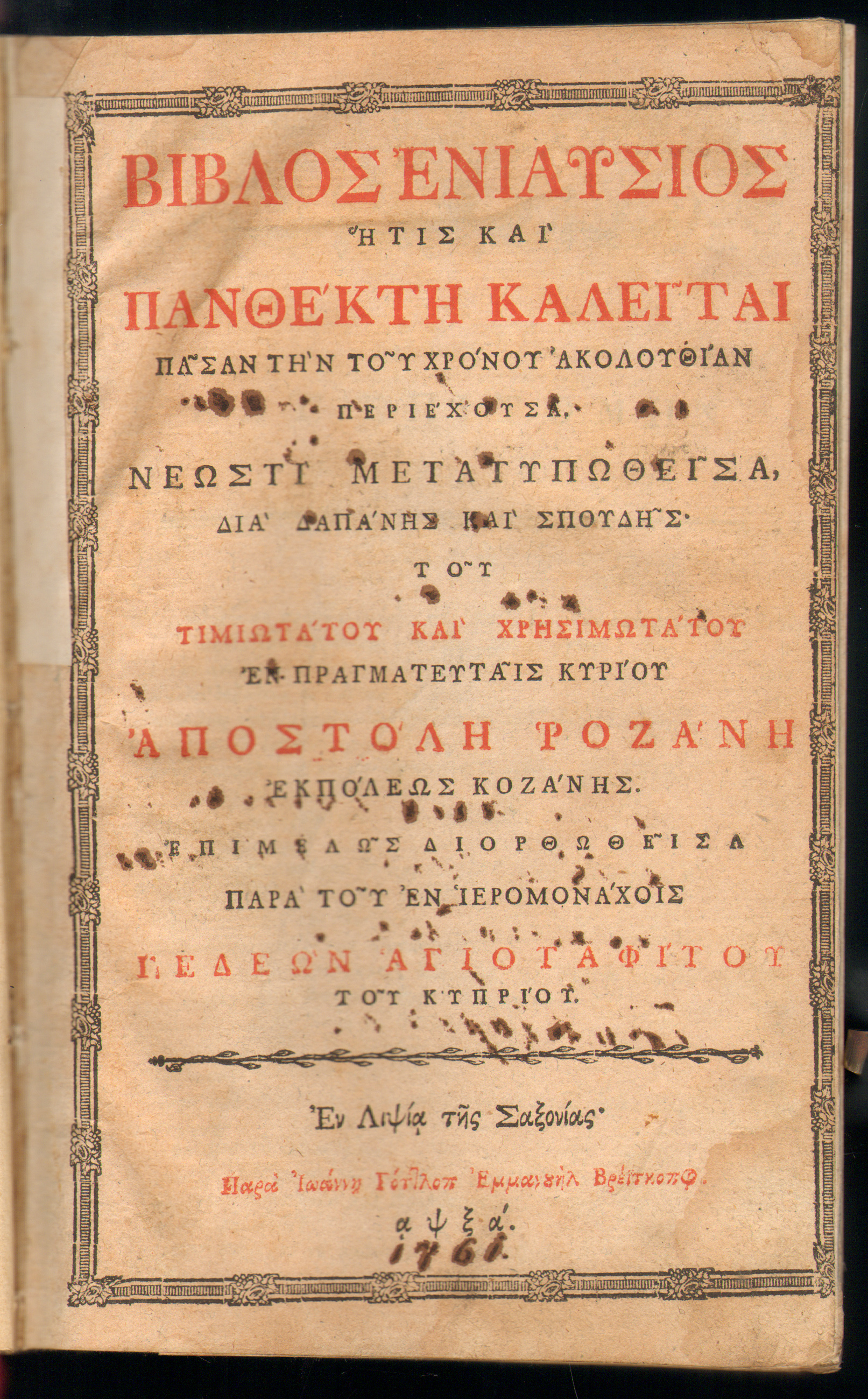
A Greek Typicon from the year 1761.
Epistle Book (Greek: Apostolos; Slavonic: Apostol)
The Apostolos is the liturgical book containing the various Apostolic Readings appointed by the lectionary. An apostolos or epistle is writing directed or sent to a person or group of persons. It is usually a letter, very formal, often didactic, and elegant. The letters from Apostles to Christians in the New Testament are often referred to as epistles.
Gospel Book (Greek: Evangelion; Slavonic:Evangelie)
In the Orthodox Church, the Gospel Book (Greek: Εύαγγέλιον, Evangélion) is a central liturgical item. It is considered to be an icon of Christ, and is venerated in the same manner as an icon. Traditionally, the Orthodox will never cover the Gospel Book in leather. This is due to several reasons. Firstly, it represents corporeal existence prone to decay, while the words of Christ are considered to be life-giving. Secondly, animal skin is also reminiscent of the Fall of Man, when God fashioned garments of skin for Adam and Eve after their disobedience 3:21). The Apostle Paul speaks of Christ being the “New Adam” (1st Corinthians 15:22,47-49), and the Orthodox understand Christ as coming to clothe mankind in the original “garments of light” which Adam and Eve lost in Paradise.
Binding
Traditionally, the Gospel is covered in gold, the earthly element which is best symbolizes the glory of Heaven. If gold in unavailable, the Gospel may be covered in cloth. The Gospel Book rests on the center of the altar table, as the Cross of Christ was planted in the center of the earth. This placement of the Gospel Book also represents the activity of Christ at the Creation (the square Altar representing the created world). The Gospel rests upon the antimension, which remains on the Altar at all times, as Christ will remain with the Church until the end of the world (Matthew 28:20).
The Divine Liturgy
The Divine Liturgy begins with the priest lifting the Gospel Book high and making the sign of the cross with it over the Altar. The Gospel Book is carried in procession at specific times, accompanied by candles. The most frequent occurrence is during the Divine Liturgy when it is carried in the Little Entrance which precedes the Epistle and Gospel readings. It is also carried in the Crucessions at Pascha and Theophany. After reading from the Gospel, the priest will bless the faithful with it. At Sunday Matins, after the Gospel reading, all come forward to venerate the Gospel Book and receive the blessing of the priest or bishop.
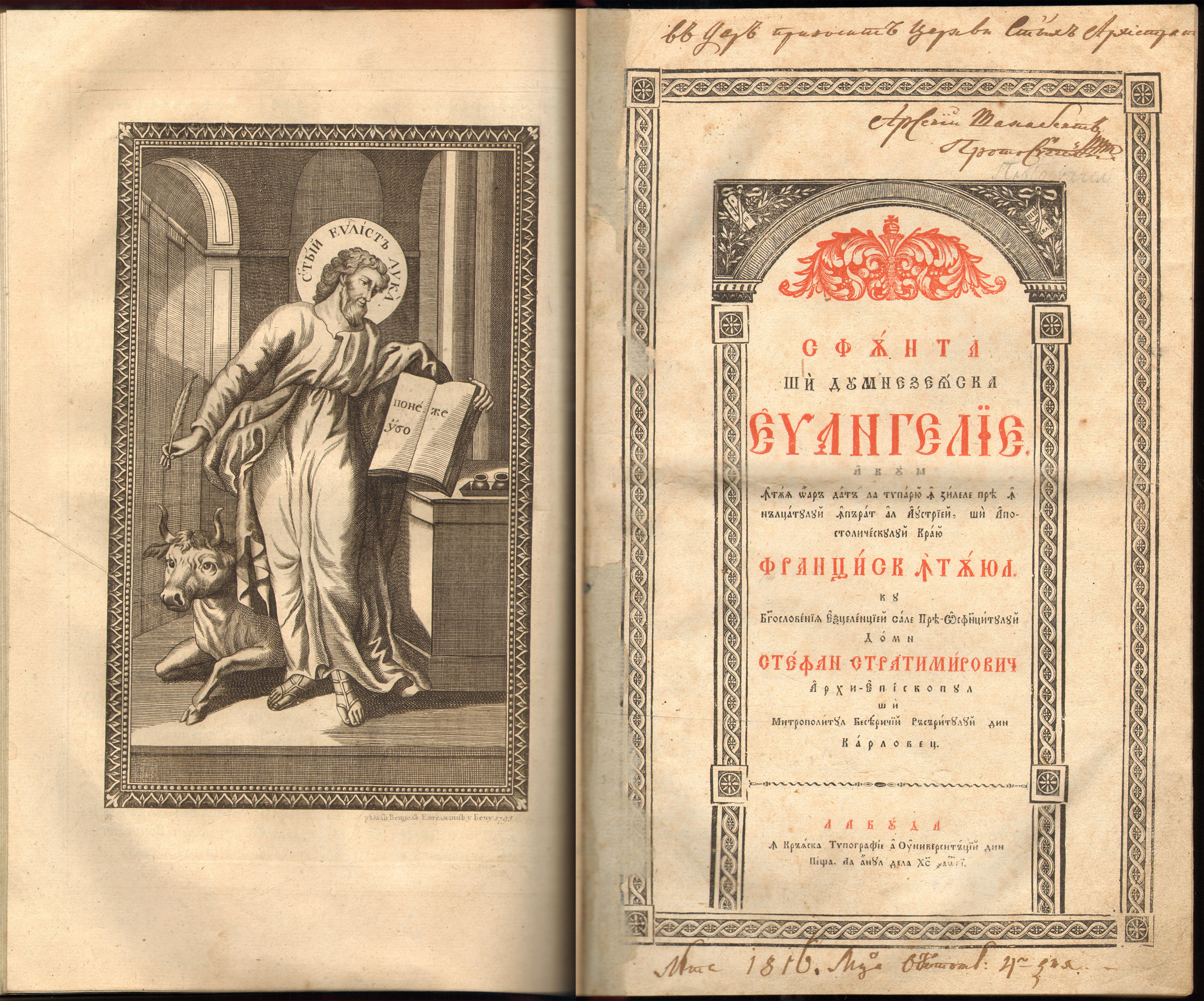
Romanian Evangelion (Evangelie). Evangelions usually had only illustrations depicting the four canonical Gospel writers (Mark, Matthew, Luke and John). It was usual for Evangelions to be more decorated than other service books.
Horologion (Tchasoslov)
The Horologion (Greek: ῾Ωρολόγιον; Church Slavonic: Часocлoвъ, Chasoslov), or Book of Hours, provides the Acolouthia of the Daily Cycle of services (Greek: akolouthies, ἀκολουθίες) as used by the Orthodox and Eastern Catholic Churches. Into this fixed framework, numerous moveable parts of the services are inserted. The Horologion is primarily a book for the use of the Reader and Cantor. This is distinguished from the Euchologion, which contains the texts used by the Priest and Deacon.
Several varieties of Horologia exist. The most complete is the Great Horologion (Greek: ῾Ωρολόγιον τò μέγα, Horologion to mega; Slavonic: Великий Часословъ, Velikij Chasoslov). It contains the fixed portions of the Daily Cycle of Services, (Vespers, Compline (Great and Small), Midnight Office, Matins, the Hours, the Inter-Hours, Typika, Prayers before Meals). The parts for the Reader and Chanters are given in full, the Priest’s and Deacon’s parts are abbreviated. The Great Horologion will also contain a list of Saints commemorated throughout the year (with their Troparia and Kontakia), selected propers for Sundays, and moveable Feasts (from the Triodion and Pentecostarion), and various Canons and other devotional services.
The Great Horologion is most commonly used in Greek-speaking churches. Various editions of the Horologion are usually shorter, with fixed parts of Daily Office given in their entirety, and other texts much more abbreviated. Meanwhile, other liturgical books feature all of them in full. In addition, such texts often also contain Morning and Evening Prayers, the Order of Preparation for Eucharist, and Prayers to be said after receiving Holy Communion.
Hieratikon (Sluzhebnik)
The Hieratikon (also spelled Ieratikon, also known as the Hierotelestikon and the Liturgikon; Slavonic: Sluzhebnik), the “book of the priest,” is the Book of Rites of the Orthodox Church containing the priest’s prayers for Vespers, Orthros, and Divine Liturgies of St. John Chrysostom, St. Basil the Great, and the Liturgy of the Presanctified Gifts.
These texts usually also include additional sections, such as a the Dismissals for various days of the week and for Great Feasts, Prokeimena, the Menologion, Magnifications (Slavonic: Velichaniye) for feast days, and instructional material which explains what clergy should do in the case of various unexpected occurrences in the services.
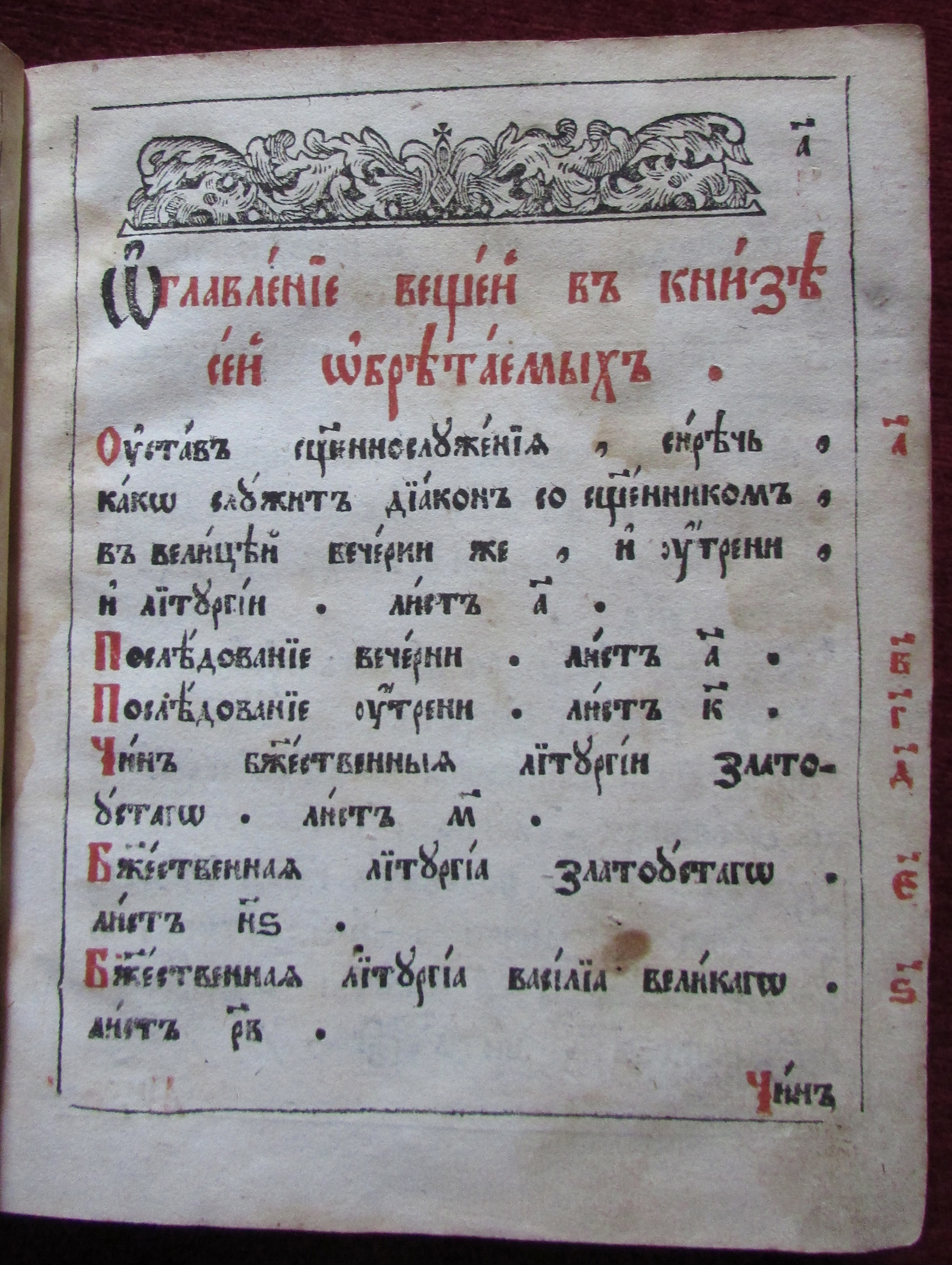
A Russian Orthodox Sluzbenik.
Read more on the topic here!
The books shown in the pictures are from our store Sigedon Books and Antiques.

